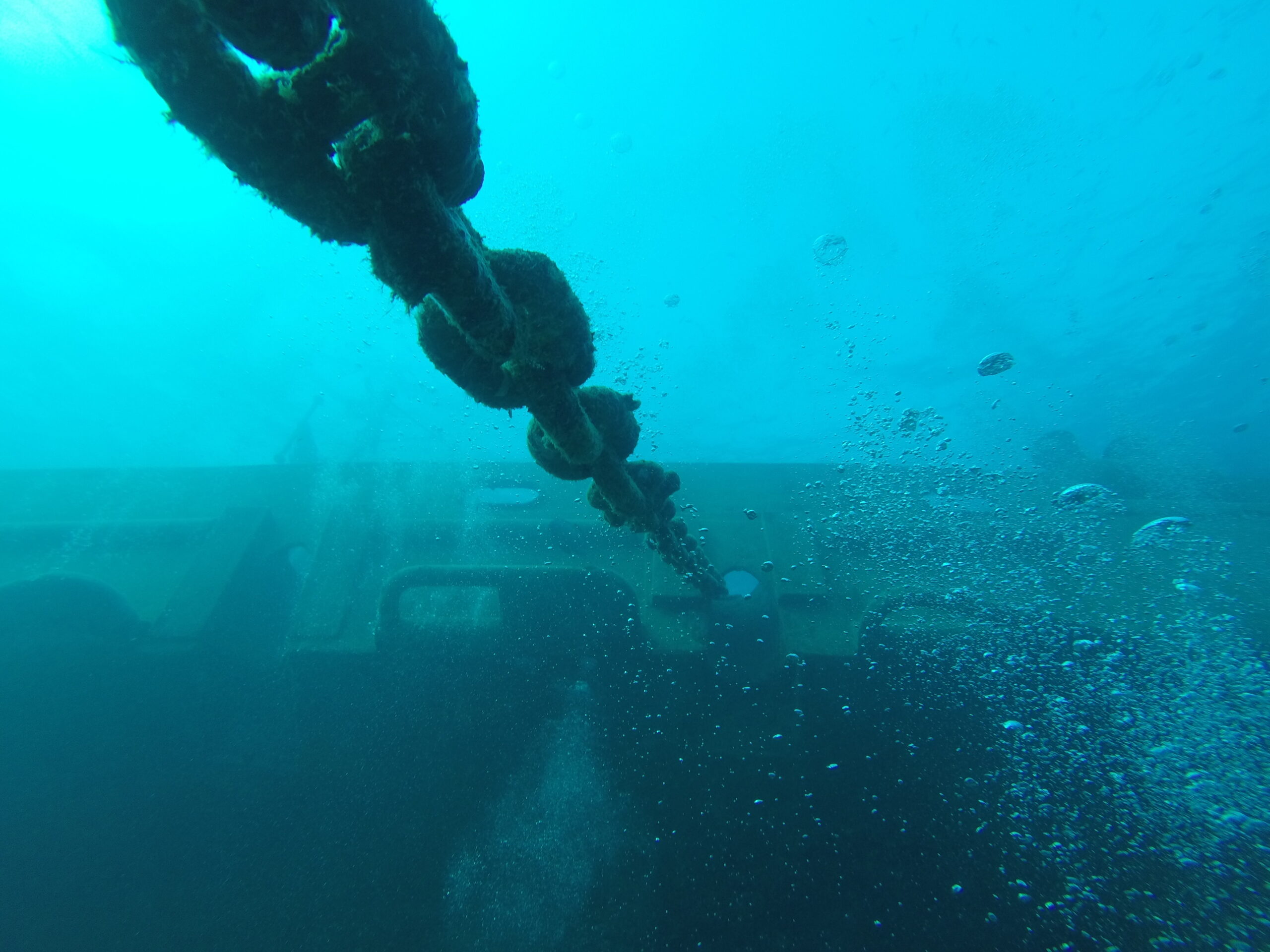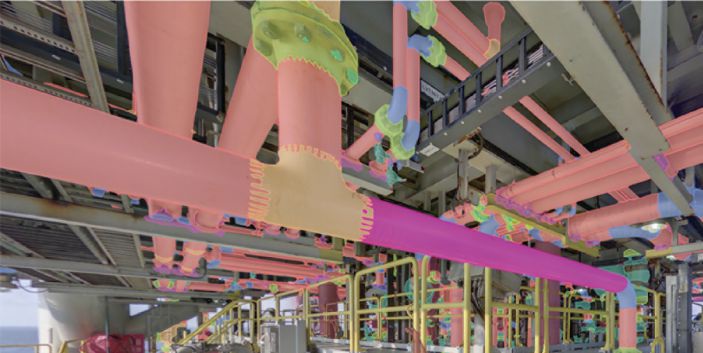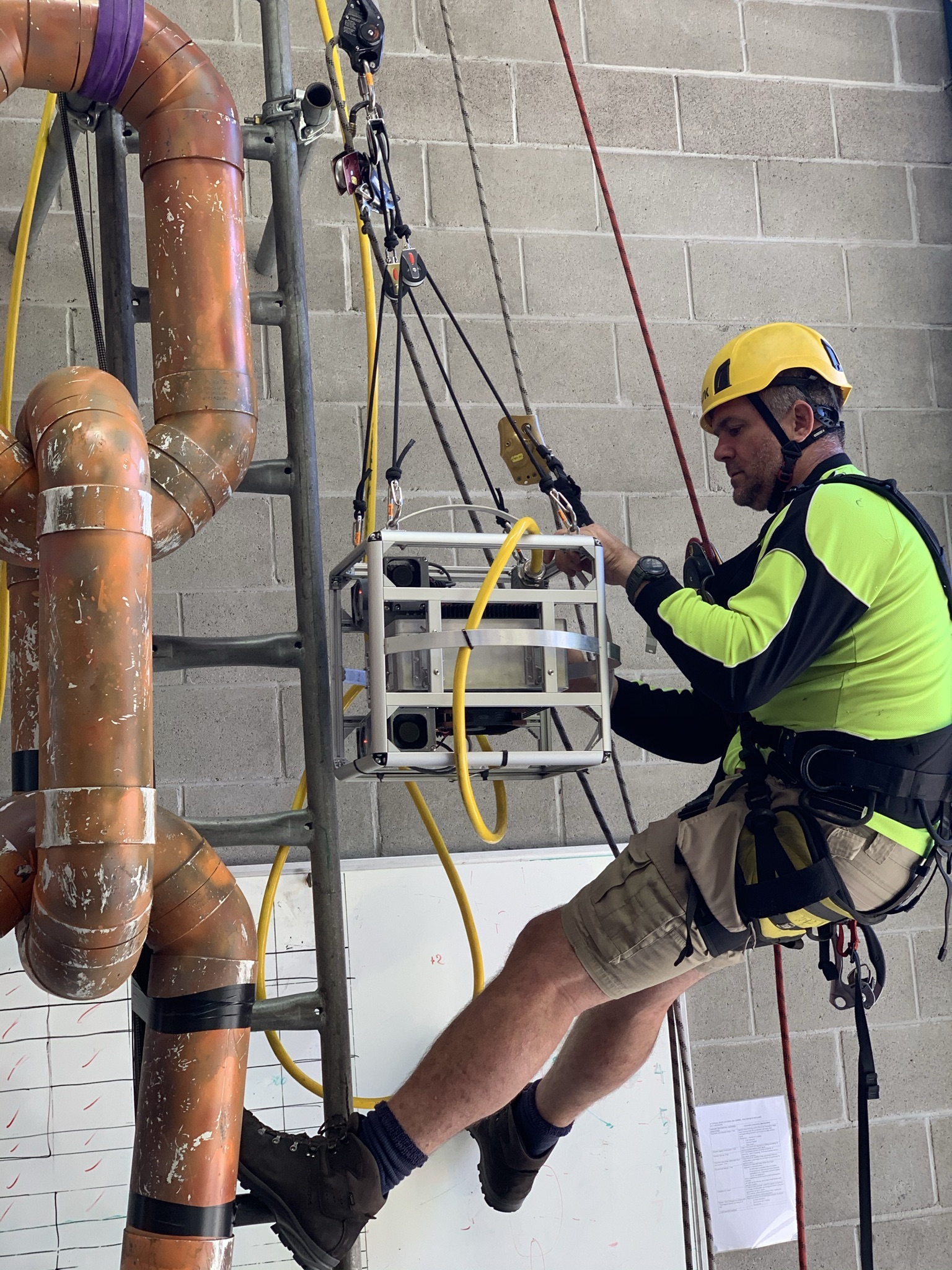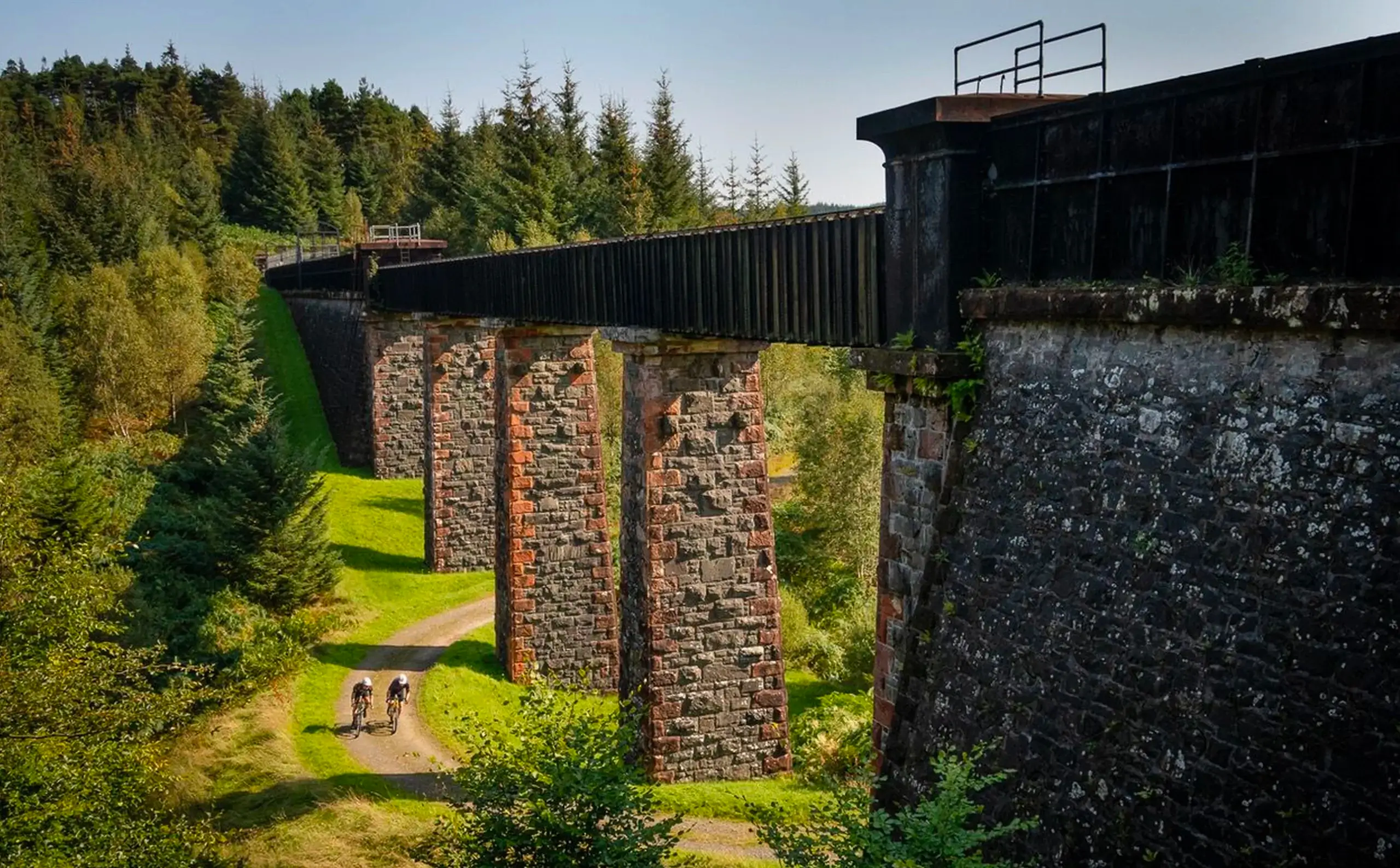Bat Monitoring Case Study
The Challenge
A water utility in Australia had a critical, mile-long water supply tunnel that urgently needed renovations. It, however, was also the home to a colony of endangered microbats, i.e. Little Bent-wing and Southern Myotis bats. A record of the bat population was required before any construction activities could commence A second report was also needed after all work inside the tunnel was completed, so any impact on the bats could be assessed.
The client was searching for a way to understand where the bat colonies were located within the tunnel since the interior consisted of both rough-cut rock and concrete. Traditional surveying methods could not provide this information. It was also essential that the survey be conducted without disturbing the animals and without impacting the operation of the water supply system. Finally, the project had to be managed in a way that could be replicated in different seasons over a two year period to fully assess the health of the bat population.

The Solution
The Abyss autonomous floating inspection vehicle, called Platypus, had a proven record of conducting comprehensive surveys of aqueducts around the world and was chosen as the platform to be adapted to this specialized task.
The Platypus was able to autonomously navigate along the tunnel without disturbing the residents while collecting IR imagery of the entire tunnel’s interior from multiple camera systems, waterline to waterline. This was all managed without humans needing to enter the hazardous, confined space and without having to adjust normal water supply operations.
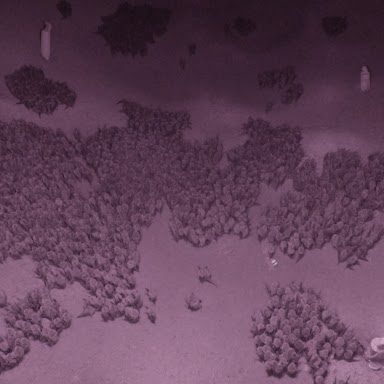

The Results
An accurate record of the location and the size of the bat population was obtained. More so, the bats seem very happy with their newly renovated home and have returned in healthy numbers.

